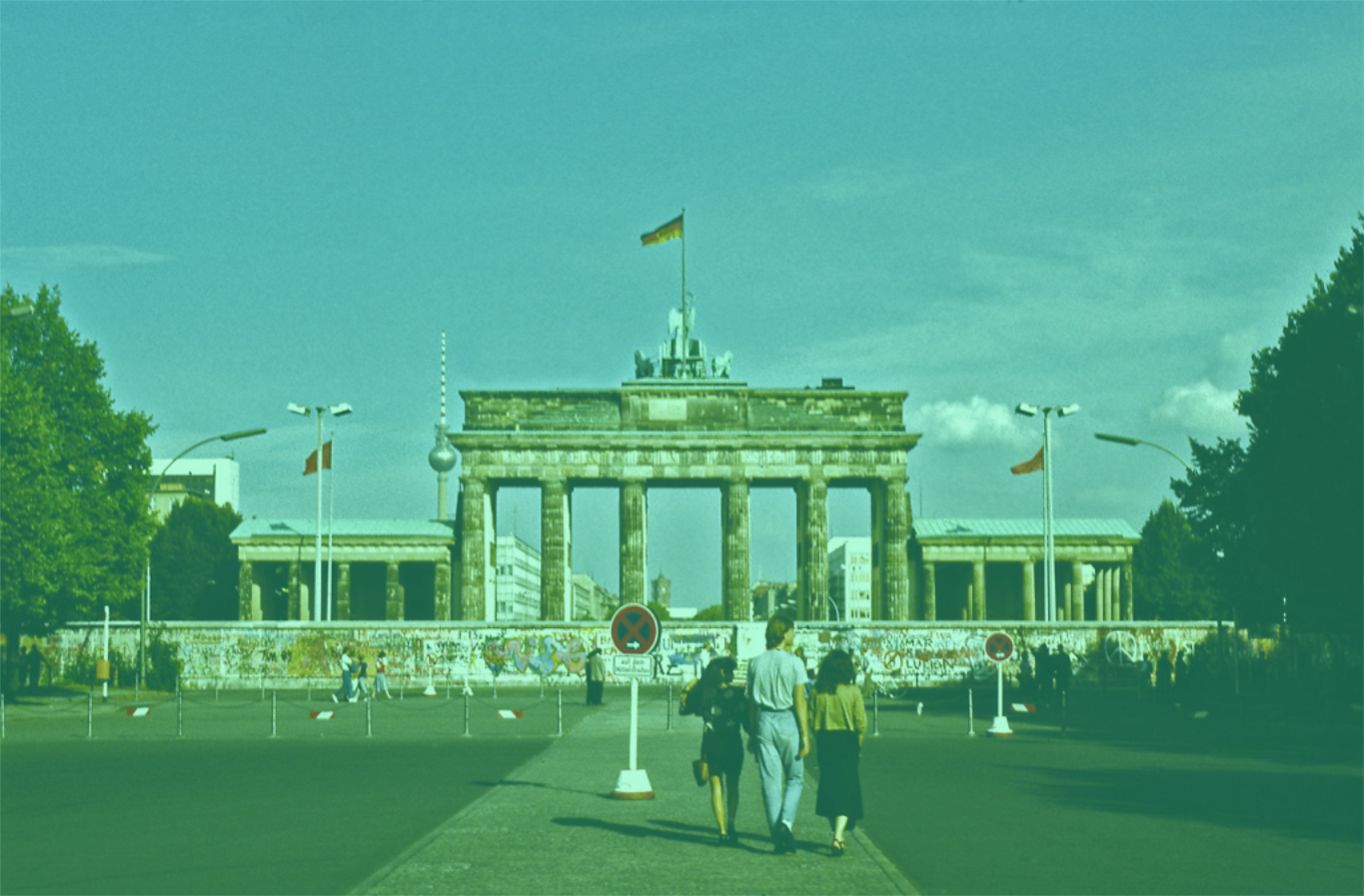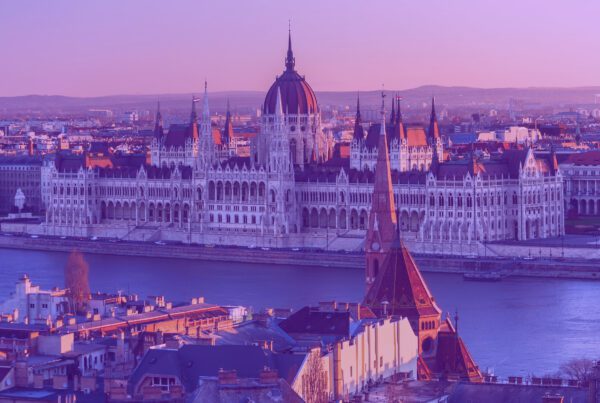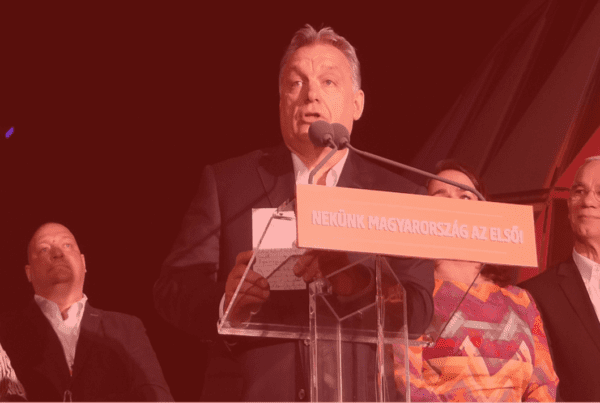Photo: “Berlin wall in front of Brandenburg Gate – 1989“, by Romtomtom, licensed under CC BY-NC 2.0. Hue modified from the original
Outhwaite, William. “When did 1989 end?.” Social Science Information (2020): 0539018420936043.
Abstract
As with the 1968 movements in Western Europe and North America and their long-lasting subterranean effects, one can also ask when 1989 ended. A quick answer to the title question would be Christmas 1989, with the execution of the Ceauşescus, or New Year, with the installation of Václav Havel as President. Another would be December 1991, the date of the dissolution of the USSR, which would be more relevant for the post-Soviet space and could perhaps also work as a rough marker for the more protracted political transitions in Romania and Bulgaria. Another would be 2004, with the accession to the European Union of much of post-communist Europe and the prospect of extension of happy-ever-after member-statehood to the south and east. More seriously, we might listen to the calls from a number of experts to stop speaking of the region as post-communist or post-socialist. I suggest that what has ended is the ‘end of history,’ as the victory of democracy turns out for the moment to be one of post-democracy and xenophobic populism across Europe and more widely.







